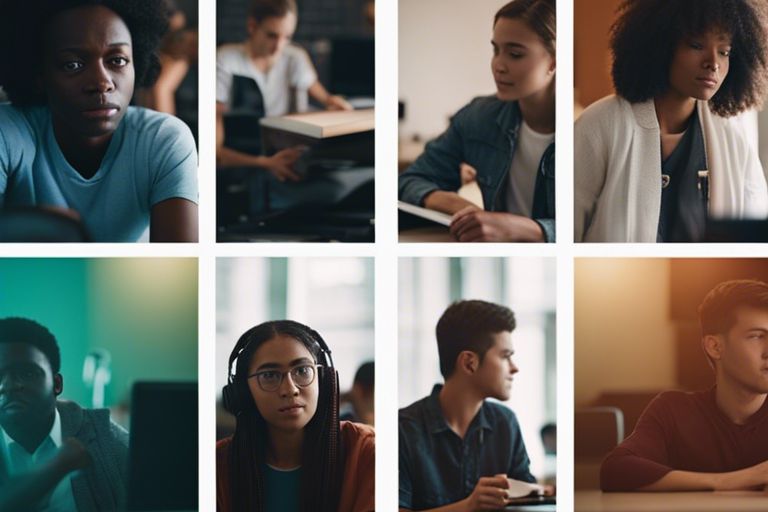Education is the key to unlocking the full potential of every individual, including those facing learning challenges. Inclusive education not only benefits students with disabilities but also enriches the experiences of their peers. By embracing diversity in the classroom, you create a supportive environment that fosters empathy, understanding, and collaboration. Your willingness to embrace inclusive education can pave the way for a more inclusive society, where everyone has the opportunity to thrive and succeed.

Key Takeaways:
- Access to Quality Education: Inclusive education provides students with learning challenges the opportunity to receive a quality education alongside their peers.
- Promotes Social Inclusion: Inclusive classrooms foster an environment of acceptance and understanding, promoting social inclusion and reducing stigma surrounding learning differences.
- Encourages Personal Growth: Students with learning challenges benefit from the diverse learning experiences, developing new skills, boosting self-esteem, and gaining confidence in their abilities.
The Benefits of Inclusive Education
Academic Achievement
On the path to academic achievement, inclusive education plays a crucial role in ensuring that all students, including those with learning challenges, have access to quality education. By being part of a diverse classroom, you gain the opportunity to learn alongside peers of varying abilities, which fosters a supportive environment for academic growth.
Social Skills Development
With inclusive education, you have the chance to develop vital social skills that are vital for your personal and professional life. Interacting with a diverse group of peers teaches you valuable lessons in empathy, communication, and teamwork. These skills are invaluable and will benefit you throughout your academic journey and beyond.
Furthermore, through collaborative group work and social interactions, you learn how to appreciate and respect differences, fostering a sense of inclusivity and belonging within the school community. This inclusive environment empowers you to build meaningful relationships and navigate social situations confidently.
Breaking Down Barriers
Addressing Stereotypes and Stigma
Now, it’s time to challenge stereotypes and stigma surrounding students with learning challenges. By promoting awareness and understanding, you can help break down these barriers and create a more inclusive environment for all learners. Knowing the harmful effects of stigmatizing attitudes can pave the way for a more supportive and accepting community.
| For | Yourself |
| For | Students |
| For | Teachers |
| For | Parents |
| For | Society |
Creating Accessible Learning Environments
Stigma should have no place in education. By creating accessible learning environments, you can ensure that every student, regardless of their abilities, has the opportunity to thrive. Whether it’s through inclusive curriculum design, assistive technologies, or supportive classroom structures, breaking down physical and educational barriers is necessary for the success of students with learning challenges.
Accessible learning environments can include flexible teaching methods, personalized learning plans, and supportive resources like audio books or captioning tools.
Effective Strategies for Inclusive Education
Differentiated Instruction
One effective strategy for inclusive education is differentiated instruction. This approach involves tailoring your teaching methods and classroom activities to meet the diverse learning needs of all students, including those with learning challenges. By offering multiple options for taking in information and making sense of ideas, you can create a supportive learning environment where every student can thrive.
Technology Integration
Education technology can be a powerful tool for promoting inclusive education. By incorporating assistive technology tools and digital resources into your lessons, you can provide additional support for students with learning challenges. These tools can help students access information more easily, improve their communication skills, and enhance their overall learning experience.
Effective technology integration also includes providing training and support for both students and teachers to ensure that the technology is used effectively and inclusively in the classroom. By leveraging the power of educational technology, you can create a more engaging and accessible learning environment for all students.
Summing up
Following this exploration of the importance of inclusive education for students with learning challenges, you can see how vital it is to create a supportive and accommodating environment for all learners. By embracing inclusivity, we can foster a sense of belonging, promote diversity, and ensure that every student has the opportunity to reach their full potential. Your dedication to inclusive education can truly make a difference in the lives of those facing learning challenges.

